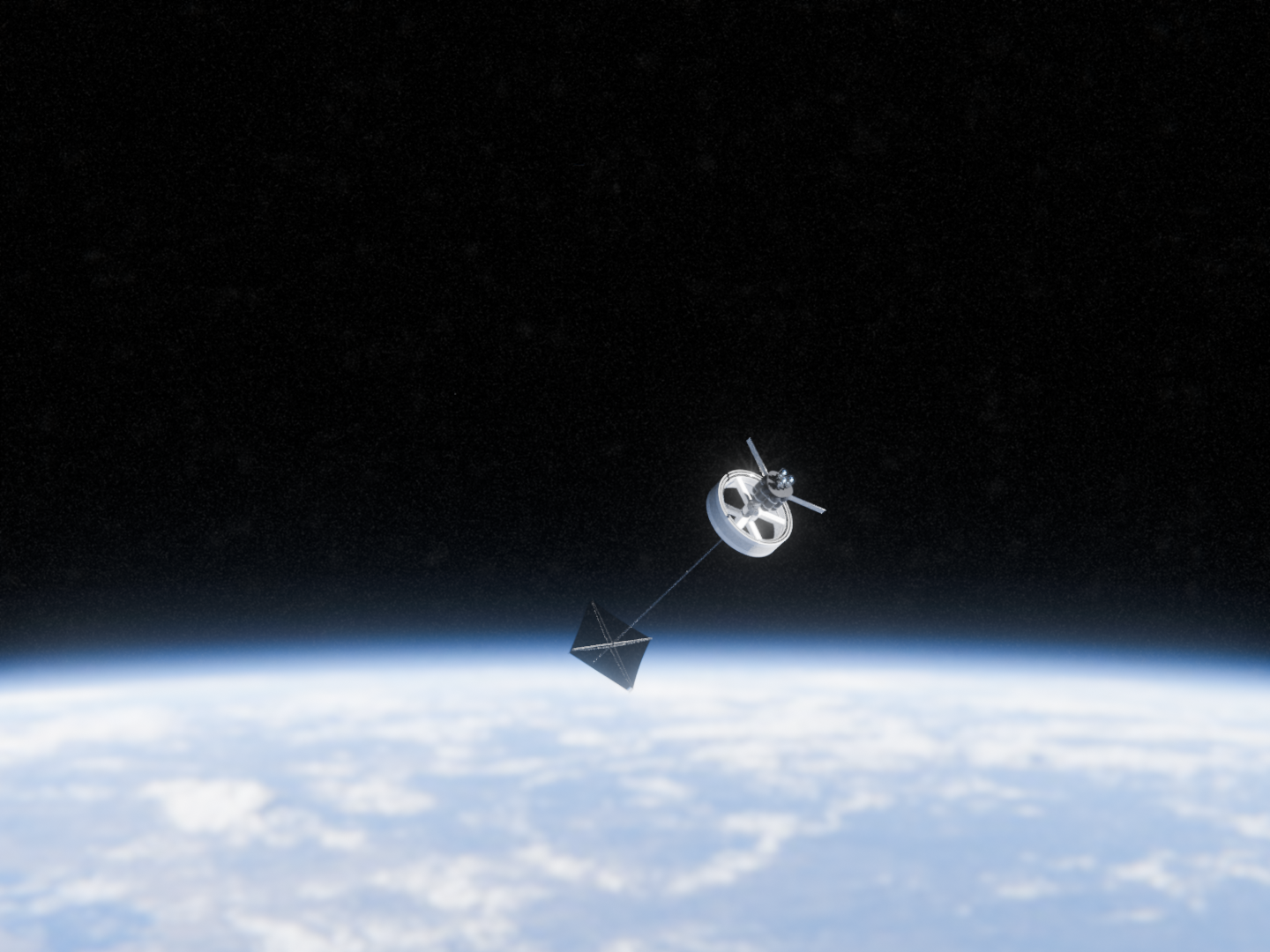Project Longshot
Project Longshot (sometimes called Longshot) is an agency under the TESCO group. They manufacture high-speed and interstellar-capable spacecraft intended for long duration missions and specialise in transporting passengers and cargo to various places within 5 million lightyears. They were formed in 2257, 7 years after the first landing on Proxima Centauri B, with a goal to "help humanity reach further into the cosmos and reveal its secrets".
History
Before Longshot, TESCO has had over a century's worth of experience with space technologies and travel, with it also being the first to send humans beyond the asteriod belt. In 2125, they landed the first humans on Callisto, a moon of Juptier, marking one of the biggest milestones since the Mars landing in 2062.
Then president of TESCO, ██████ █████████, made a goal to land humans on Proxima Centauri before the end of the following century. With only 174 years to research, design and assemble humanity's first crewed interstellar mission, there was a huge increase in funding given to the research and development sector, giving rise to many new technologies and innovations that we all use with convinence today.
120 years after the speech, a total of 7 long duration, high speed test flights within the solar system had been carried out. 100 people were selected to ride on the first crewed interstellar vehicle, with the one-way trip to Proxima Centauri B taking slightly over half a decade. In 2250, they became the first people to enter interstellar space, and the first people to reach the Proxima Centauri system.
Formation
7 years following the landing, Longshot was created to allow all space related issues to fall under one agency and lighten the load on the rest of TESCO. It was lead by then president ████ ██████ ██████, who was previously part of the ████████ ██ ███████. The regulation and approval process for missions was streamlined which allowed for easier and quicker regulatory approvals, manufactuing and assembling of the interstellar spacecrafts.
Thier first mission sent roughly 1000 people to Luyten's Star on a 15 year one-way trip. During this time they were using the first generation of interstellar vehicles, which had a top speed of 0.87c when fully loaded and 0.89c when at minimum load. This was used for their first 8 missions but was quickly upgraded to second generation ships which could reach 0.95c allowing for quicker travel. The second generation ships also allowed for return trips at half capacity, which allowed half the crew to return back.
Later breakthroughs in quantum gravity and negative mass allowed for the squeezing of space, an Alcubierre drive. This was quickly implemented on third generation ships which tremendously increased the allowable distance of travel from a couple hundered lightyears to a couple million. Some second generation ships were also retrofitted with Alcubierre drives, but was not done across the fleet as it was found to not be worth the cost to upgrade the systems to incoperate the drive.
Vehicles
| Class | Propulsion | Crew | Max distance | Introduced | Retired |
|---|---|---|---|---|---|
| Pioneer (Gen 1) | Nuclear fusion | 1000 | ~20 ly | 2257 | 2279 |
| Hera (Gen 2) | Nuclear fusion | 4000 | ~2500 ly | 2277 | 2377 |
| Athena (Gen 3) | Alcubierre drive | 10000 | ~5 Mly | 2369 | (Still in service) |
| Unnamed (Gen 4) | Alcubierre drive | 57000 | ~20 Mly | (In testing) | (In testing) |
Gallery
Project Longshot

A picture of the first Gen 1 interstellar ship, before heading off to Luyten's Star
| Formed | July 29, 2257 |
|---|---|
| Type | Space agency Interstellar research agency |
| Primary spaceports | LEO Spaceport Station Stargate station Lycaon Foundation |
| Employees | 502,970 |
| Annual budget |  US$976.3 billion US$976.3 billion |
